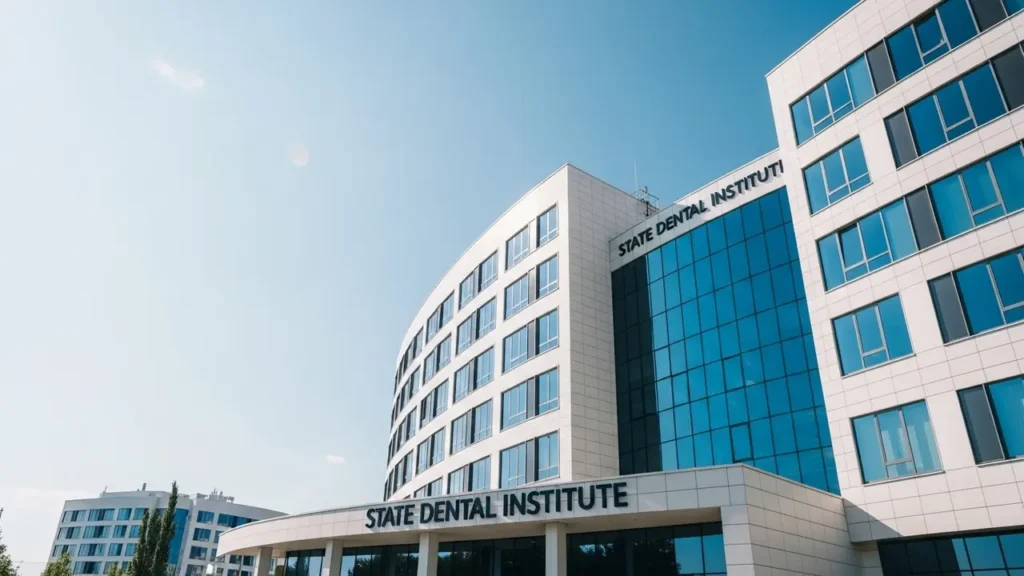The Real Talk About Becoming a Doctor When India Feels Impossible
You’ve dreamt of that white coat since you were a kid. Aced biology exams. Stayed up nights preparing for NEET. But here’s the hard truth: getting into an Indian government medical college is like winning the lottery. And private colleges? Those fees could buy a small house. What if there’s another way to become a doctor without selling a kidney?
Why China’s MBBS Program is Crushing It for Indian Students
Last month, I met a student who paid ₹12 lakhs per year for a private Indian college. Meanwhile, her friend in China pays ₹5 lakhs annually – with better lab facilities. Here’s why smart students are looking east:
- No donation seats: Admissions based on marks, not money
- WHO-approved colleges: 45 Chinese universities are NMC-recognized
- Global edge: Learn Mandarin while studying medicine (hello, medical tourism careers!)
But wait – I’ve heard the horror stories too. That guy who couldn’t practice in India after studying abroad? Let’s cut through the noise.
The 3 Non-Negotiables for Your China Medical Degree
My cousin nearly got burned choosing the wrong university. Now I tell every student:
- Check the NMC’s current approved list (updated monthly)
- Confirm the hospital internships count toward FMGE requirements
- Verify if they teach in English (some cheap options use Mandarin)
Top mistake? Choosing based on fees alone. The ₹2L/year college might cost you more when you’re stuck retaking licensing exams.
2025 Intake: Why This Hurry?
China’s medical schools became India’s worst-kept secret. Last year, Shandong University filled 80% of Indian seats in 3 weeks. Why the rush?
- New NMC rules require same-college internships
- Post-COVID demand for doctors is spiking globally
- Youtube vloggers exposing China’s medical campuses (tasty momos don’t hurt)
But here’s what nobody tells you – the food. My brother gained 8kg in his first semester. Pro tip: learn to cook dal before you go.
Your Medical Career Cheat Sheet
Let’s get practical. Here’s exactly what works in 2025:
Who’s eligible:
- 50% in PCB (40% if you’re SC/ST)
- NEET qualified (no escaping this)
- Passport valid through 2031
Budget breakdown:
- Tuition: ₹3-5L/year
- Hostel: ₹50k/year (shared room)
- Food: ₹15k/month (if you skip too many dumplings)
Total for 6 years: ₹35-50L. Compare that to ₹1.5Cr+ in Indian privates. The math speaks.
Your Next 3 Moves (Before September)
- Download the NMC’s latest approved colleges list
- Shortlist 5 universities with FMGE pass rates >30%
- Book a consultant who’s placed 100+ students (ask for verifiable proofs)
Still unsure? Remember Dr. Priya from Mumbai. She did her MBBS at Nanjing Medical University, cleared FMGE in 2023, and now works at a multi-specialty hospital in Bangalore. Her secret? Choosing a college with proper cadaver labs and English-medium professors.
FAQs
Will I be jobless if I fail FMGE?
Pass rates hover around 35% for China grads. But here’s the hack – several states allow provisional registration while you retake the exam. Plus, you can work in research or pharma meantime.
Is Chinese hard to learn?
The medical program’s in English. But learning basic Mandarin? Big advantage during hospital rotations. Most students become conversational in 6 months.
What about China-India tensions?
Universities treat Indian students well – we’re their second-largest international group. Campus security is tighter than Delhi metro during rush hour.
Look, this path isn’t for everyone. But if you’ve got the grades, the drive, and a tolerance for spicy food, China’s MBBS could be your ticket to that stethoscope. Worst case? You become fluent in Mandarin and pivot to medical tourism. Either way – you’re a doctor.






